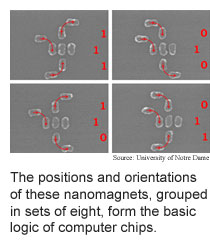Whale Swims through Downtown London
By Erika Pennington
 er since 1913—as it flailed around the murky waters of the Thames, stirring up patches of what looked like blood as seagulls hovered above and rescue boats stood on the ready.Witnesses reported seeing a second whale in another part of the river Friday, and marine experts spotted two disoriented whales in northeastern Scotland last week, suggesting there was something causing the bottle-nosed whales to become disoriented."It is a race against time to save the animal,'' said Alison Shaw, marine and freshwater conservation program manager at the Zoological Society of London.
er since 1913—as it flailed around the murky waters of the Thames, stirring up patches of what looked like blood as seagulls hovered above and rescue boats stood on the ready.Witnesses reported seeing a second whale in another part of the river Friday, and marine experts spotted two disoriented whales in northeastern Scotland last week, suggesting there was something causing the bottle-nosed whales to become disoriented."It is a race against time to save the animal,'' said Alison Shaw, marine and freshwater conservation program manager at the Zoological Society of London. 























